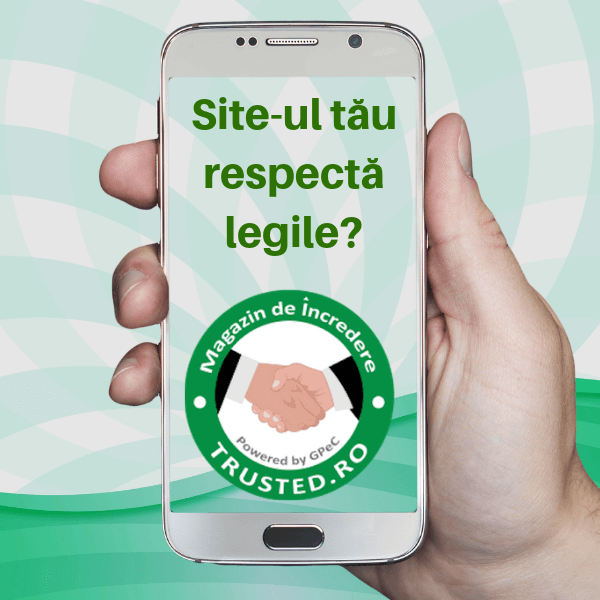Recommendation CM/Rec(2009)5 of the Committee of Ministers to member states on measures to protect
(Adopted by the Committee of Ministers on 8 July 2009
at the 1063rd meeting of the Ministers’ Deputies)
1. Protecting freedom of expression and human dignity in the information and communications environment by ensuring a coherent level of protection for minors against harmful content and developing children’s media literacy skills is a priority for the Council of Europe.
2. The risk of harm may arise from content and behaviour, such as online pornography, the degrading and stereotyped portrayal of women, the portrayal and glorification of violence and self-harm, demeaning, discriminatory or racist expressions or apologia for such conduct, solicitation (grooming), the recruitment of child victims of trafficking in human beings, bullying, stalking and other forms of harassment, which are capable of adversely affecting the physical, emotional and psychological well-being of children.
3. Attention should be drawn to the normative texts adopted by the Committee of Ministers designed to assist member states in dealing with these risks and, as a corollary, in securing everyone’s human rights and fundamental freedoms. These texts include Recommendation CM/Rec(2008)6 on measures to promote the respect for freedom of expression and information with regard to Internet filters; the 2008 Declaration on protecting the dignity, security and privacy of children on the Internet; Recommendation CM/Rec(2007)11 on promoting freedom of expression and information in the new information and communications environment; Recommendation Rec(2006)12 on empowering children in the new information and communications environment; and Recommendation Rec(2001)8 of the Committee of Ministers on self-regulation concerning cyber content (self-regulation and user protection against illegal or harmful content on new communications and information services).
4. There is a need to provide children with the knowledge, skills, understanding, attitudes, human rights values and behaviour necessary to participate actively in social and public life, and to act responsibly while respecting the rights of others.
5. There is also the need to encourage trust and promote confidence on the Internet, in particular by neutral labelling of content to enable both children and adults to make their own value judgments regarding Internet content.
6. The Committee of Ministers recommends that member states, in co-operation with private sector actors and civil society, develop and promote coherent strategies to protect children against content and behaviour carrying a risk of harm while advocating their active participation in and best possible use of the new information and communications environment, in particular by:
- encouraging the development and use of safe spaces (walled gardens), as well as other tools facilitating access to websites and Internet content appropriate for children;
- promoting the further development and voluntary use of labels and trustmarks allowing parents and children to easily distinguish non-harmful content from content carrying a risk of harm;
- promoting the development of skills among children, parents and educators to understand better and deal with content and behaviour that carries a risk of harm;
- bringing this recommendation and its appended guidelines to the attention of all relevant private and public sector stakeholders.
Appendix to Recommendation CM/Rec(2009)5
Guidelines
I. Providing safe and secure spaces for children on the Internet
7. The development of new communication technologies and the evolution of the Internet have led to a vacuum in appropriate measures to protect children against content carrying a risk of harm. While the protection against content in the offline world is, in most cases, much easier to guarantee, it has become significantly more difficult to do so in the online world, especially considering that every action to restrict access to content is potentially in conflict with the right to freedom of expression and information as enshrined in Article 10 of the European Convention on Human Rights (ETS No. 5). It should be recalled that this fundamental right and freedom is a primary objective of the Council of Europe and its member states; at the same time states also have a legitimate right, and even an obligation, to protect children from content which is unsuitable or inappropriate.
8. While parental responsibility and media education are of primary importance in effectively protecting children, there are also tools and methods which can assist parents and educators in their efforts to inform and guide children about the Internet and Information and Communication Technologies (ICTs). The provision of safe and secure spaces (walled gardens) for children on the Internet and the Council of Europe’s online game-Through the Wild Web Woods†are notable examples of such tools and methods.
9. On this basis, member states, in co-operation with the private sector, the media and civil society, are encouraged to develop safe and secure spaces on the Internet for children safely to explore and participate actively in the information society, in particular by:
- creating safe and secure websites for children, for example by developing age-appropriate online portals;
- developing professional standards for the maintenance of such Internet websites and portals, particularly with regard to links and references to other sites;
- raising awareness of these safe and secure Internet websites for children, in particular among parents, educators, content developers and their respective associations;
- considering the integration of the benefits of these safe and secure Internet websites in school curricula, and in educational materials such as-The Internet literacy handbookâ€Â, a Council of Europe publication.
II. Encouraging the development of a pan-European trustmark and labelling systems
10 There is an increasing demand for systems which help to protect children from content carrying a risk of harm. The development of Internet content filters has provided one form of protection which subsequently led to the adoption of Recommendation CM/Rec(2008)6 of the Committee of Ministers on measures to promote the respect for freedom of expression and information with regard to Internet filters.
11. Apart from automated content rating and filtering, there are initiatives which exist to label online content on a voluntary basis and labelling which is performed by the content creator. Among them, the Internet Content Rating Association (part of the Family Online Safety Institute (FOSI)) and PEGI Online (part of the Pan-European Game Information (PEGI) plus system), both of which have led to the development of systems which promote descriptions of online content.
12. The labelling of online content contributes to the development of safe and secure spaces for children on the Internet. However, the effectiveness and trustworthiness of labelling systems greatly depend on the accountability of those responsible for these systems and their interoperability. The development of a pan-European trustmark for responsible labelling systems - prepared in full compliance with the right to freedom of expression and information in accordance with Article 10 of the European Convention on Human Rights - would enhance these systems and initiatives, facilitate the provision of safe and secure spaces for children on the Internet and avoid and/or mitigate their exposure to content and behaviour carrying a risk of harm.
13. Online content which is not labelled should not however be considered dangerous or less valuable for children, parents and educators. Labelling has limited scope and should be seen as one possibility, among others, to promote the democratic participation and protection of children on the Internet in countering content and behaviour that carry a risk of harm.
14. On this basis, member states, in co-operation with the private sector, the media and civil society, are encouraged to develop and promote the responsible use of labelling systems for online content, in particular in:
- creating a pan-European trustmark for labelling systems of online content. Criteria for this trustmark would include:
- adherence to human rights principles and standards, including the right to provide for effective means of recourse and remedy, for example the possibility to re-assess labelling when users and/or creators/authors of online content claim that content has been incorrectly labelled;
- labelling systems are provided and used on a voluntary basis, both by creators/authors and users;
- the inadmissibility of any form of censorship of content;
- respect for the editorial independence of media and media-like online content services;
- regular review of the labelled content, for example by introducing a maximum length of time of the validity of the label;
- promoting initiatives for the interoperability of labelling systems, including the creation of a unique pan-European logo which signals the suitability of content for different age groups;
- developing principles for the age-appropriate rating of content, taking into account the different traditions of member states;
- promoting research and development, in particular as regards the possibility to label content through metadata;
- raising awareness among parents and educators about the advantages of labelling content in order to facilitate access to safe and secure spaces for children on the Internet;
- assessing and evaluating labelling systems and their effectiveness, in particular with regard to their compliance with Article 10 of the European Convention on Human Rights and the accessibility and affordability of the services emanating from these systems for the general public.
III. Promoting Internet skills and literacy for children, parents and educators
15. Safe and secure spaces on the Internet and the labelling of online content can contribute to making the use of the Internet an enjoyable and confidence-building experience for children. It should, however, be accepted that it is not possible to eliminate entirely the danger of children being exposed to content or behaviour carrying a risk of harm, and that consequently media (information) literacy for children, parents and educators remains a key element in providing coherent protection for children against such risks.
16. On this basis, member states, in co-operation with the private sector, associations of parents, teachers and educators, the media and civil society, are encouraged to promote media (information) literacy for children, young people, parents and educators, in order to prepare them for possible encounters with content and behaviours carrying a risk of harm, in particular by:
- raising awareness and developing critical attitudes about both the benefits and risks for children freely using the Internet and ICTs;
- adapting school curricula to include practical learning about how best to use the Internet and ICTs, and encouraging teachers to analyse and counter sexism in online content which shapes children’s attitudes;
- informing children, parents and educators about safe and secure spaces on the Internet and trustworthy labels for online content;
- fostering knowledge and practical understanding of the human rights dimensions of labelling systems and filtering mechanisms, and their potential risks to freedom of expression and information, inter alia by drawing the attention of all relevant stakeholders to the Council of Europe’s standard-setting instruments and tools in this field.


